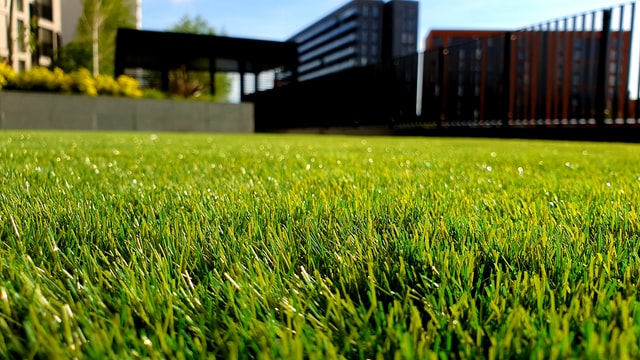Decreasing the Tick Population in Your Yard
Did you just find a tick on yourself or a loved one? TickCheck can test your tick and determine whether it carries the bacteria that transmit Lyme disease and other tick-borne infections.
Many people find ticks on themselves, a family member or a pet and are completely surprised. They don’t know where the tick could have come from since they have only been in their backyard. Ticks can be found in many areas not just in the woods. They can be found in tall brush and grass, under leaves, under ground cover, around stone walls and woodpiles, as wells as wooded areas.
By following these simple landscape modifications, you can create an environment that is less attractive to tick hosts and will result in a decrease in the number of ticks in your yard.
-
Keep your grass mowed and your yard clean of leaf-litter. Ticks prefer moist shaded areas. Having your grass at the right height will expose ticks to more sunlight repelling them. This can also expose the ticks to insect eating birds. Removing leaf-litter will eliminate the moist shaded areas that create an optimal tick habitat. Direct sunlight will create dry hot areas which will in turn repel ticks. Trimming trees will help create direct exposure to the sun and help eliminate the moist areas. Cleaning your yard can reduce the potential of ticks spreading to other areas.

Remove any woodpiles you may have laying around. Woodpiles can create the perfect habitat for ticks. If you have a woodpile for burning, move the pile away from your house. If you are cleaning up debris from freshly trim trees, eliminate the debris piles quickly after trimming.
Create a barrier around your yard, house or play equipment with cedar woodchips or gravel. This will reduce tick migration to other areas. Move all play equipment away from the edges of your yard and into direct sunlight. This will reduce the risk of your children coming into contact with ticks but will not entirely eliminate the risk.
A tick repellent spray can be used in your yard to help decrease the tick population. You can spray the perimeter of your home as a way of protection or the perimeter of your yard. It is best to spray for ticks during peak season, which is usually from spring to fall.
There are a variety of plants that have been known to repel ticks. Plants such as lavender, garlic, rosemary, sage, mint, eucalyptus and citronella are known to be a natural deterrent of ticks. This method should not be your primary method of eliminating ticks but should be used in conjunction with other methods.
Steps should be taken to keep tick-carrying wildlife out of your yard. Deer, rabbits, mice, chipmunks, and groundhogs are all hosts that can carry ticks into your yard. A fence is an effective approach, as well as various repellants. It is important to avoid feeding these animals and eliminating their food sources. If you have plants or shrubs that are close to your house, keep them trimmed and spaced out. This will help deter animals from seeking shelter in them.
A tick tube can be used to target specific small animals, such as mice, to get rid of ticks. You can take a cardboard tube and stuff it with cotton balls soaked with permethrin. Permethrin is one of the leading products used for killing ticks because it is safe for children and dogs. Once the cotton balls are soaked with permethrin, stuff them in the cardboard tube and place the tubes around your property. Small animals will take the cotton balls to make their nests and the permethrin will treat their fur and therefore kill the ticks.
Ticks are a problem in many areas and can live and reproduce in your yards. Ticks are found in areas that have the environmental requirements for them to carry out all the stages of their life cycle. You can decrease the tick population by making your yard less attractive to ticks and following these steps. Make sure you clean your yard on a regular basis and help decrease the tick population.
